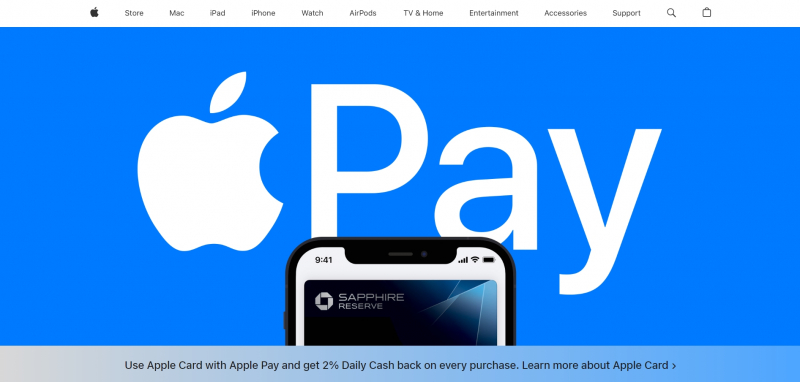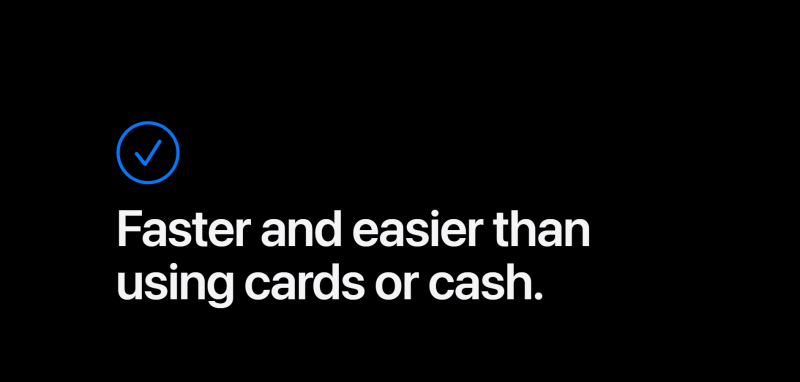Apple Pay
Users can make payments online, through iOS apps, and in-person using Apple Pay, a mobile payment service provided by Apple Inc. On the iPhone, Apple Watch, iPad, and Mac, it is supported. At a point-of-sale terminal with contactless capability, it digitizes and can take the place of a chip and PIN credit or debit card transaction.
It can be used with any business that accepts contactless payments; it is not limited to those with Apple Pay-specific contactless payment terminals. It adds two-factor authentication using a passcode, PIN, or Touch ID. Near field communication (NFC), an embedded secure element (eSE) to securely store payment data and carry out cryptographic operations, and Apple's Touch ID and Face ID for biometric authentication are all used by devices to wirelessly connect to point of sale systems.
The use of credit/debit cards (open loop) is also possible on some public transportation systems (such as TfL in London, SL in Stockholm, and at OMNY readers on the subway and bus system in New York City), as well as dedicated travel cards like JR East's Suica, the Chicago Transit Authority's Ventra, the San Francisco Bay Area's Clipper (closed loop), and Hong Kong's Octopus Card.
Digital wallet and mobile payment service Apple Pay is offered by US technology behemoth Apple Inc. It allows users of iPhone, Apple Watch, iPad, and Mac to pay in person, through iOS applications, and via the Safari web browser. In 2016, Apple Pay was introduced in China in partnership with UnionPay and fifteen major banks. Security measures like the EMV Payment Tokenization Standard are used by Apple Pay.
Founded: October 20, 2014
Headquarter: USA
Website: apple.com/apple-pay/














